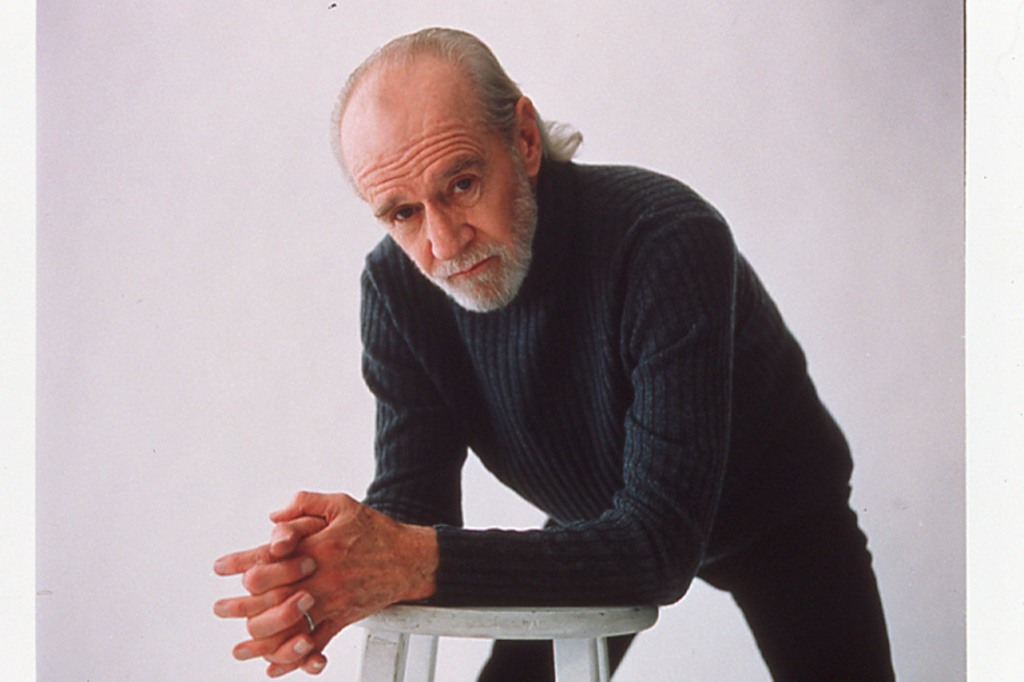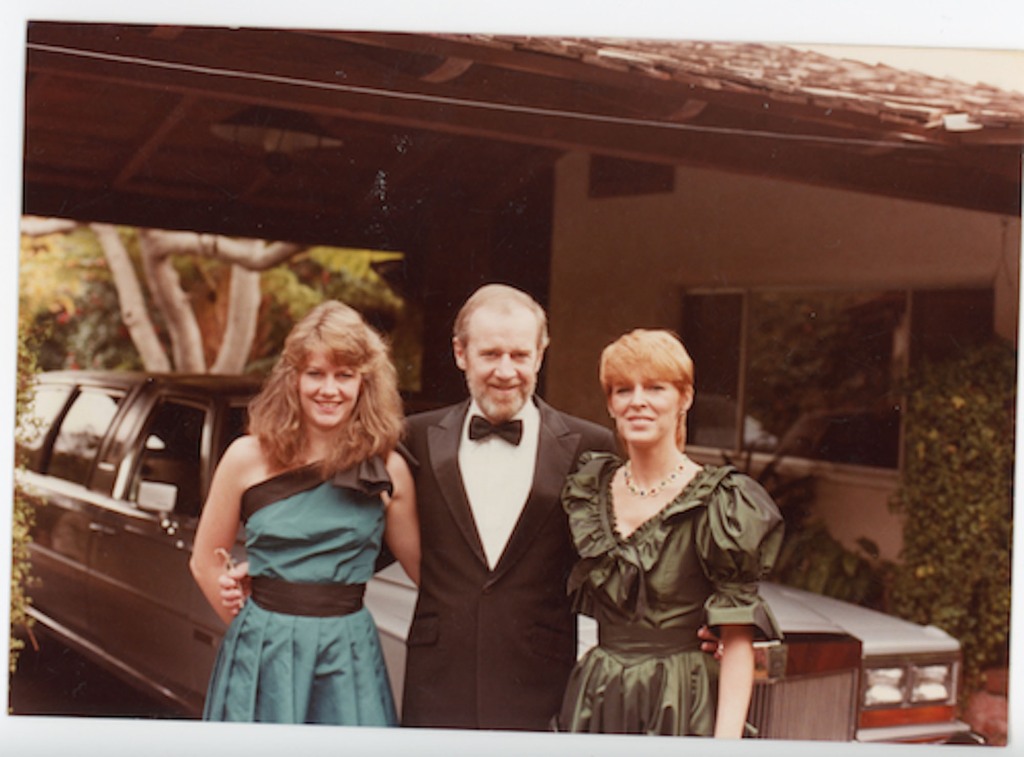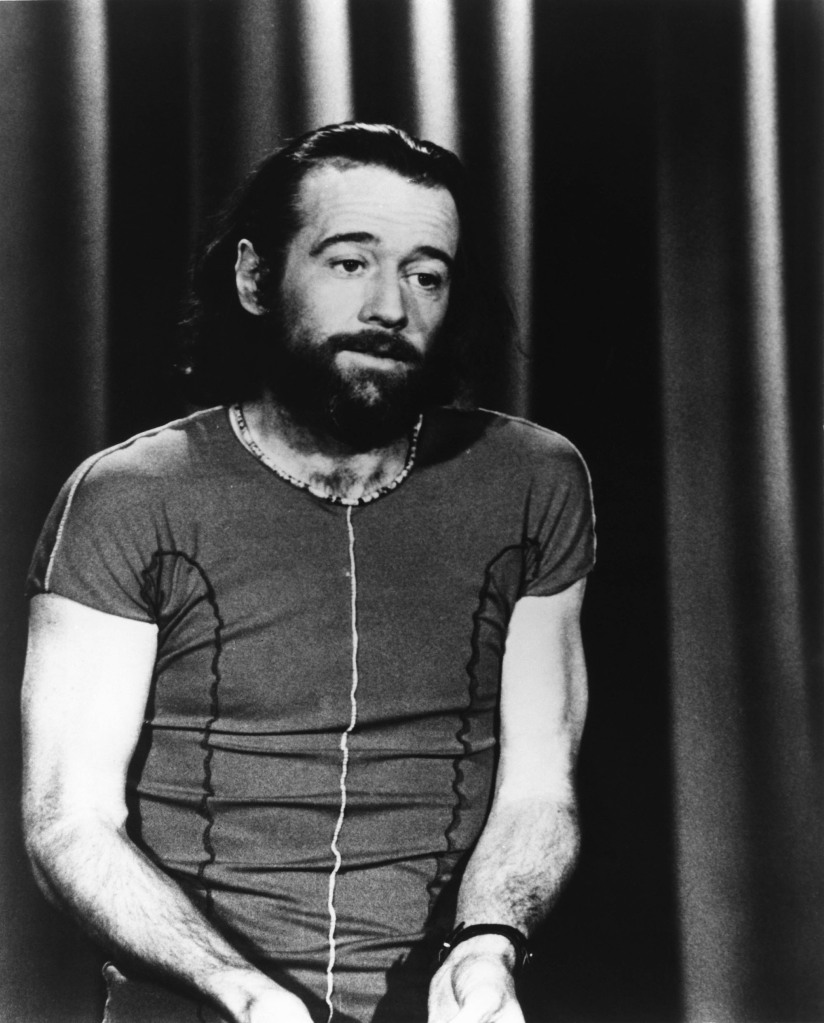‘He was the Madonna of comedy’
Judd Apatow’s new two-part documentary, “George Carlin’s American Dream,” offers a comprehensive, sprawling account of the late comedian’s life — unfolding, in part, through a treasure trove of Carlin’s personal archives and memorabilia.
“We were so lucky because he was a bit of a hoarder and so much existed,” Apatow, 54, told The Post. “We have his parents’ divorce papers from the late ’30s, his discharge papers when he was kicked out of the Air Force … he kept all his love letters, all the Post-it Notes and notebooks of all of his jokes.
“We have audiotapes of him writing routines and also audiotapes of him on cocaine just ranting into a tape recorder,” he said. “That really allowed us to paint a pretty full-blooded picture of who he was.”
The “us” to whom Apatow refers is co-producer Michael Bonfiglio, the acclaimed documentarian (“30 for 30: Bo Jackson”) with whom he collaborated on the 2018 HBO documentary “The Zen Diaries of Garry Shandling.”
Their study of the trailblazing Carlin, who died in 2008 at the age of 71, unfolds in much the same vein as “The Zen Diaries” and includes interviews with Carlin’s daughter, Kelly Carlin, and a gaggle of fellow comics including Paul Reiser, W. Kamau Bell, Steven Wright, Judy Gold, Robert Klein and Patton Oswalt.

Viewers familiar with only the bare-bones arc of Carlin’s life will take a deep dive into his professional and personal trajectory — from the clean-cut, suit-wearing ’60s-era stand-up comedian who grudgingly embraced “establishment” television mores (including a 1966 guest-starring role on the ABC sitcom “That Girl”) — to embracing his inner voice and morphing into the bearded, pony-tailed comic voice known for his cutting-edge record albums and standup act (The “Seven Words You Can Never Say on Television”) that launched him into household-name stardom — and plunged him into an abyss of drug abuse.
Apatow and Bonfiglio also shine a light on Carlin’s personal life, including his childhood growing up on West 121st Street, and his nearly-forty-year marriage to wife Brenda, who died in 1997 from liver cancer.

“What’s interesting is that he changed [performing] styles five times. He really was like the Madonna of comedy,” Apatow said. “He was in a comedy team [Burns and Carlin, with Jack Burns], then he was a very ‘safe’ and clean comedian, then he became a ‘hippy’ comedian and then a wordsmith and then a very dark, philosopher/prophet comedian at end of his career. He was always trying to stay current and relevant and was able to pull that off — and his work got stronger and stronger.
“A lot of the documentary is about meeting his wife, Brenda in 1960 when he was working in a club and they got married very quickly and then had a baby [Kelly] very quickly,” he said. “He was on the road and he was broke and Brenda was home watching Kelly, and through their situation and their times, she wasn’t able to pursue her dreams and she became an alcoholic — and George became a cocaine addict.
“Their house was very toxic, and a lot of the story is about how they overcame that and found each other again later in life — but there’s a harrowing love story at the center of it.”

Carlin’s comedy took a darker turn toward the end of his life, Apatow said.
“He had several heart attacks, he was trying to get sober, and I think he was disappointed that our country was not moving in a more positive direction,” he said. “He really believed our democratic values were being overtaken by business interests … and his act became more and more of a warning, and then finally it became the point of view of someone who said they had given up and were just going to watch the destruction and laugh.
“It was a comic stance meant to wake you up,” he said. “The essence of it was, ‘Take care of yourselves and take care of each other.’ I think that was his ultimate point.”
“George Carlin’s American Dream” premieres Friday, May 20 at 8 p.m. on HBO.
Read the full article Here


